We all have our personal weaknesses. A quick survey in the office told me that chocolate or cigarette addictions are common frailties. My wife’s Achilles heel is buying handbags. My weak spot? Eating ice cream.
 Light, creamy and sweet… Ice cream is perhaps the ultimate in feel-good foods. Having a bad day? An ice cream is the answer! (although your waist-line might not thank you too much)
Light, creamy and sweet… Ice cream is perhaps the ultimate in feel-good foods. Having a bad day? An ice cream is the answer! (although your waist-line might not thank you too much)
Twice I have tried to make ice cream at home, but both times were a complete disaster: My best attempt resembled a rock-solid lump of green milky ice! So despite having abandoned an alternative career as an ice cream entrepreneur, I still wonder how those ice cream makers (such as Ben & Jerry’s and Haagen Daz) get their ice cream to taste SO good? Welcome to the secrets and the science behind the worlds most under appreciated frozen dessert…
(and if you don’t like the science bits you can laugh at a video of people trying to eat ice cream on a rollercoaster)
The Secrets of Soft Scoop
When I was a kid, ice cream used to be so dull. It was always vanilla flavour, it looked like a slab of butter and you needed a chisel to get it out of the tub. A far cry from the plethora of frozen treats now on offer …
So what has changed? Why is ice cream now so much more enjoyable?
As well as there being an explosion in the number of flavours and varieties; ice cream factories have spent literally millions of pounds working out how to make the perfect ice cream. Modern ice cream is light, easy to eat, and can survive prolonged periods on the dining room table without melting. So that’s money well spent then! But how did they manage that?
One of the secrets of today’s ice cream is that it isn’t actually frozen! (no, really)
The ice cream your ‘Mama’ used to make was hard and difficult to serve because it was frozen cream; the water from the milk clumped into hard ice crystals. To avoid this, modern ice cream makers developed an ingeniously clever way to stop this happening: They added a secret ingredient..
… Air!
A Voyage Inside the Ice Cream Factory
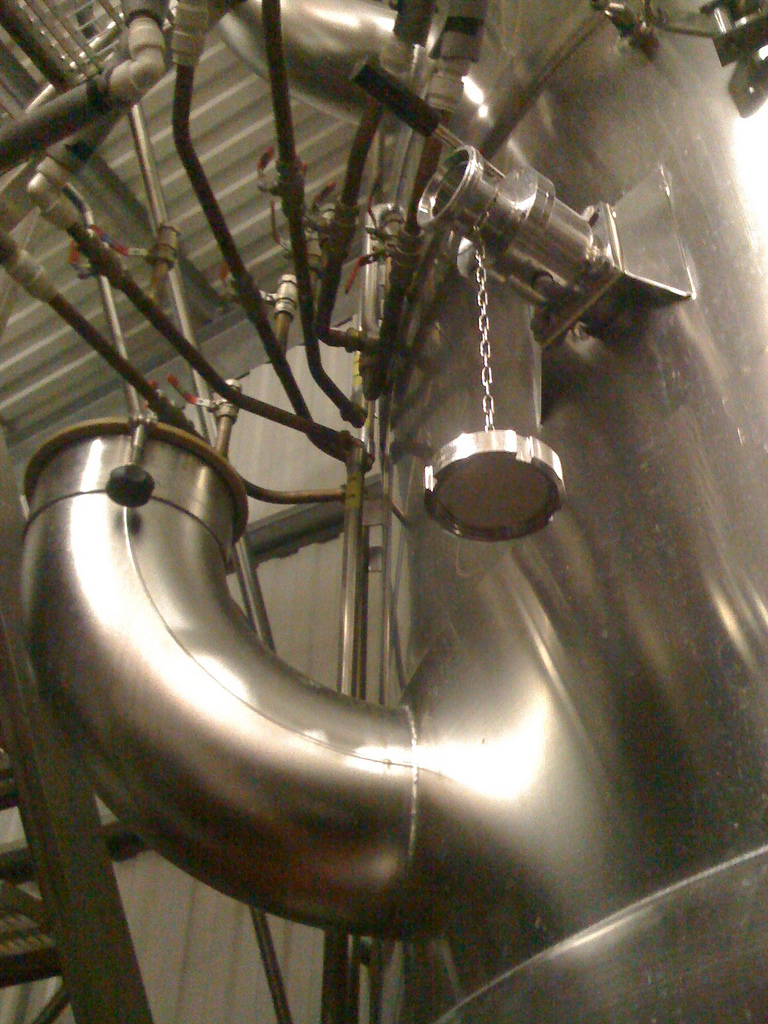 Ice cream is made of fat, sugar, water and flavourings. Within an ice cream factory, huge whisks continuously stir a sweet slurry of ice cream ingredients in huge steel vats. This creamy slush is cooled to sub-zero temperatures but the constant stirring stops the milkfat clumping into buttery blobs (have you ever noticed how cream separates from milk if left standing in a cool fridge?)
Ice cream is made of fat, sugar, water and flavourings. Within an ice cream factory, huge whisks continuously stir a sweet slurry of ice cream ingredients in huge steel vats. This creamy slush is cooled to sub-zero temperatures but the constant stirring stops the milkfat clumping into buttery blobs (have you ever noticed how cream separates from milk if left standing in a cool fridge?)
Then, air is injected into the mix with industrial-sized pistons. The sweet concoction is aerated into something resembling an icy foam! Most ice-creams are actually 40% air! And it’s these millions of air bubbles that prevent ice crystals from sticking together and stops the ice cream from freezing properly.
You could think of it as being like a microscopic foam party at an ice palace! (parents, just ask your kids what a foam party is…)
When all the mixing and churning is done, soft serve ice cream starts looking a lot like bubbly Aero Chocolate under a microscope: Lots of air bubbles separating out bits of sugary milkfat and the odd ice crystal.
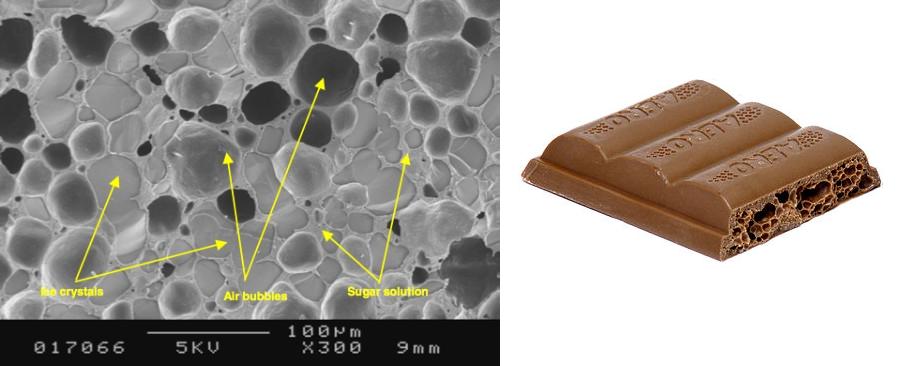
Under a microscope, Ice Cream (left) looks like Aero Chocolate (right). Air bubbles stop the ice cream freezing normally by preventing the ice crystals touching. Microscope image from Clarke, 2003, “The Physics of Ice Cream” Physics Education 38 (3)
The Science of Taste: Why Ice Cream tastes so darned Good!
Chilled, sugary milkfat? Hardly sounds yummy…
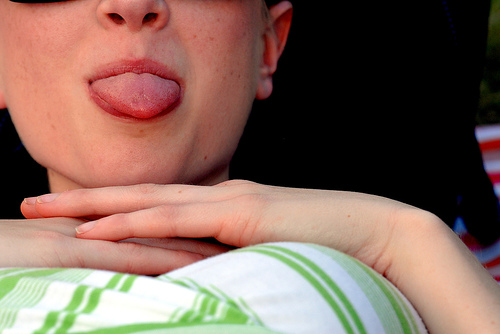 Have you ever wondered why the foods you aren’t ‘supposed’ to eat taste so good? Generally speaking, it’s because we humans are designed to choose foods with maximum calories. A slice of chocolate cake intrinsically appears more appetising to most of us than a cooked turnip. Historically, the fattest would survive times of famine and it is this drive for sweet, fatty foods that has helped keep us as a species alive for so long. And if you don’t believe me: Just watch a kid’s party and count how many carrot sticks get eaten…
Have you ever wondered why the foods you aren’t ‘supposed’ to eat taste so good? Generally speaking, it’s because we humans are designed to choose foods with maximum calories. A slice of chocolate cake intrinsically appears more appetising to most of us than a cooked turnip. Historically, the fattest would survive times of famine and it is this drive for sweet, fatty foods that has helped keep us as a species alive for so long. And if you don’t believe me: Just watch a kid’s party and count how many carrot sticks get eaten…
Ice cream tastes good because it contains a good amount of fat and flavourings. Fat on its own tastes pretty bland and rotten, but fats actually help to carry flavour molecules: So the chemicals that make the taste of vanilla, chocolate or strawberry dissolve best in fats. Without the fat, the taste buds simply can’t sense these flavours. It is also for this reason that low-fat alternatives to your favourite foods always taste blander.
Temperature and Taste
Taste buds on the tongue tend to work better at warmer temperatures. At very cold temperatures, they literally ‘go numb’: Traditional ice cream recipes needed a small bucket-load of sugar and flavourings to taste of anything at all! But because modern-day, air-filled ice cream is served at a higher temperature, they often taste better and more intense!
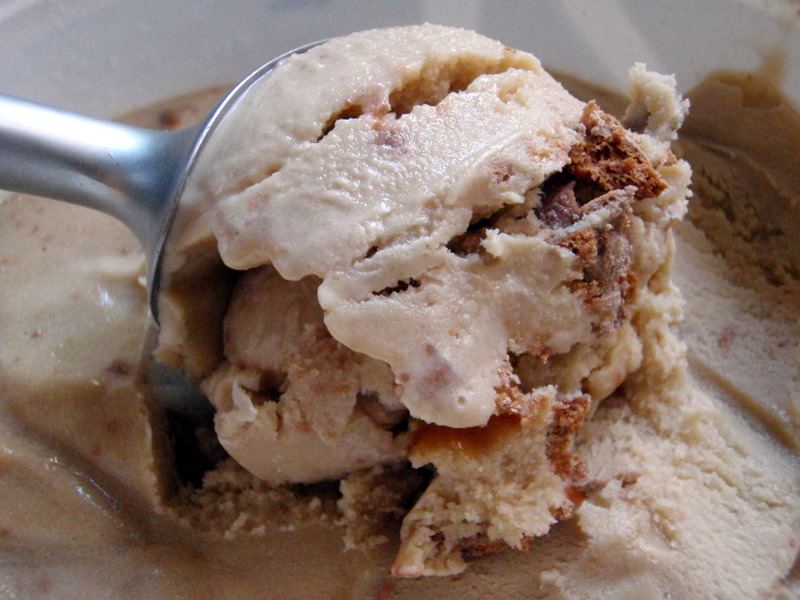
Old school vs New school Ice Cream: Today’s ice cream is served at a relatively palatable – 5 degrees C, rather than a mouth numbing – 15 degrees C. Hurray for science!
Do Ice Cream and Physics Mix? Try Eating one on a Rollercoaster…
Believe it or not, this blog post is but a tiny serving from the freezer of ice cream science delights. If you want to dig deeper into the magic of ice cream, just check out the links below. You can explore more about how the type of sugars in ice cream affect how it freezes, what emulsifiers do, and lots of fascinating graphs and pictures of ice cream.
But if all this science is in danger of giving you brain-freeze, you could consider a more entertaining pursuit: How about testing out the physics of a rollercoaster while eating an ice cream… Hey, this could be a new way to get ‘air’ into your ice cream!
Links:
Video of inside an ice cream factory (BBC learning)
Artlice on food temperature and taste (Food Navigator.com)
Daily Mail article about Ice Cream (as with all things from the Daily Mail, don’t take it very seriously)
Ice Cream under the (electron) Microscope
“How Ice Cream Works” (How Stuff Works)
The Complete (and very detailed) Guide to Ice Cream
In depth explanation of ice cream “Finding Science in Ice Cream - An experiment for secondary school lessons“
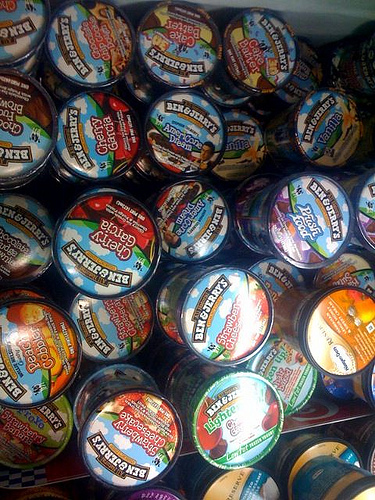

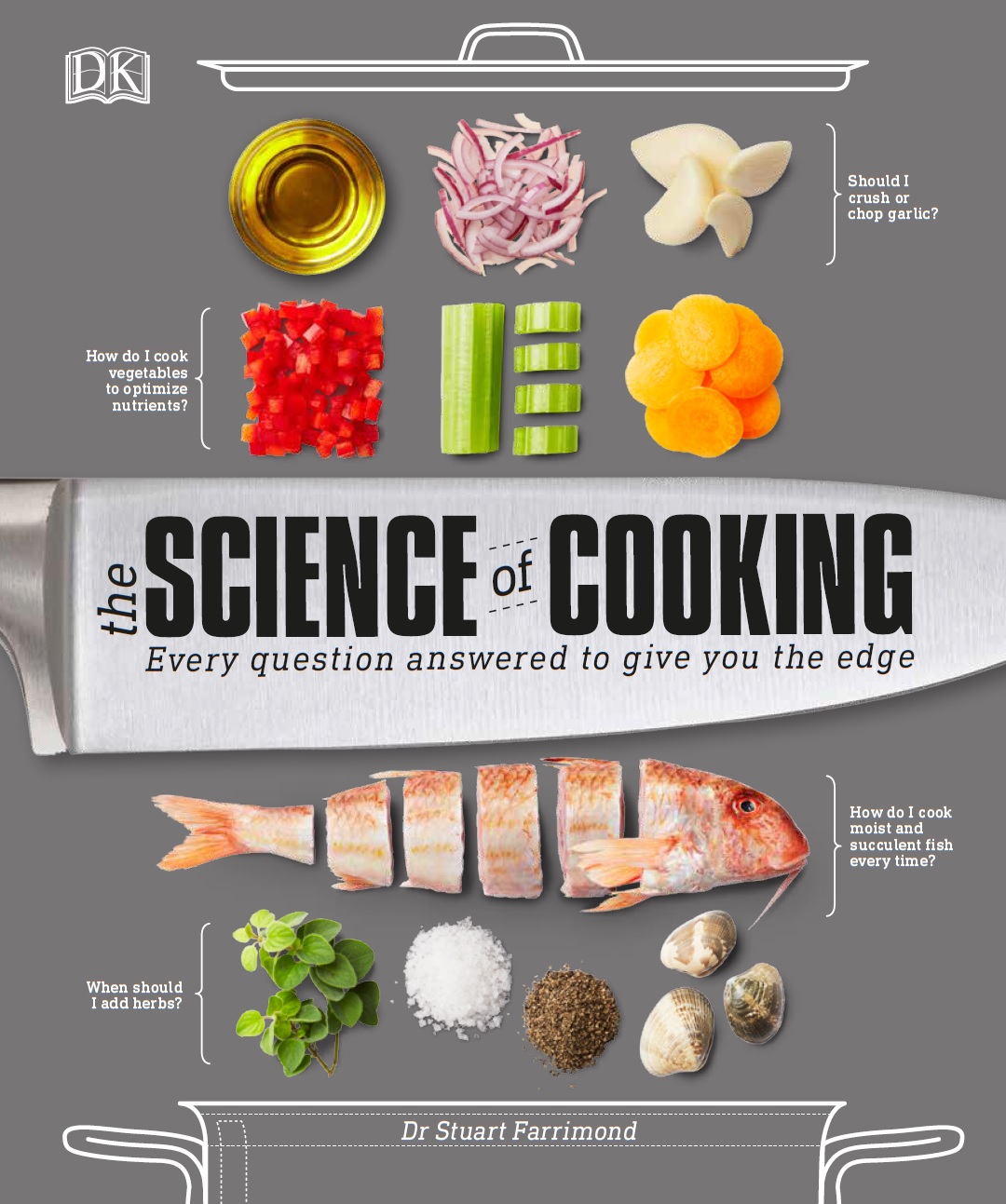








The video is gone 😦
Posted by Dr. Who | September 3, 2014, 12:11 pmYeah that sucks.
Posted by Tard.I.S | September 3, 2014, 12:13 pmThanks for the heads up. Video is now back! (And very funny.)
Posted by Stuart Farrimond | September 4, 2014, 11:50 amToo much italics.
Posted by Hannah | February 28, 2015, 1:52 amFair enough
Posted by Stuart Farrimond | February 28, 2015, 8:32 am